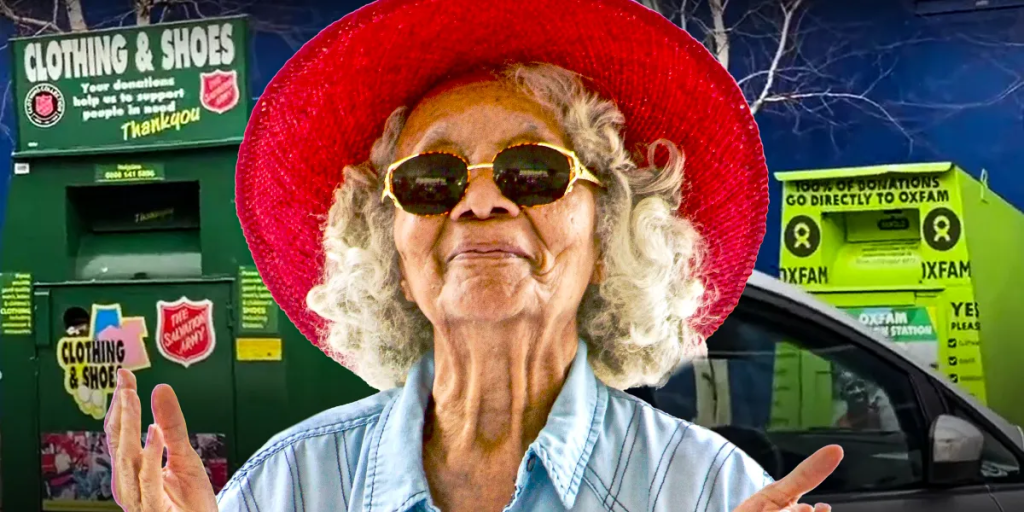
My Rich MIL Constantly Gives My Daughter Old, Dirty Clothes from Clothing Banks and Demands That She Wear Them
When my rich mother-in-law, Barbara, insisted on giving my daughter old, dirty clothes from clothing banks, I had to find a way to make her understand. Little did she know, her birthday party would be the stage for a lesson she’d never forget
“Lucy, what did your mother-in-law send you this time?” my friend Megan asked over our usual coffee catch-up.
“Oh, just more of her lovely donations from the clothing bank,” I replied, rolling my eyes. I had just received another bag of old, musty clothes from Barbara. “Here, let me show you,” I added, lifting out a tatty old dress I had tucked into my handbag.
“Why don’t you ever tell her to stop?”
“Because that would be rude, and John wouldn’t like it,” I said, exasperated. “He thinks she’s just trying to help.”
Megan sighed. “You’re too nice, Lucy. Too nice.”

Two woman at coffee shop, one holding up an old garment | Source: Midjourney
John came home later that evening, looking tired but cheerful. “Hey, Luce. Got some good news! Mom wants to take Emma to the park tomorrow.”
“That’s great,” I said, masking my unease. “Just make sure she doesn’t change Emma into any of those clothes she brings.”
John laughed. “Come on, Luce. They’re just clothes.”
The next day, when John and Emma returned, my heart sank. Emma was wearing a stained, oversized dress. It looked like it had been pulled straight from the garbage.

A child wearing an old dress | Source: Pexels
“Mommy, Grandma said this is what normal kids wear,” Emma said, her eyes wide with confusion.
“Sometimes people have strange ideas about what’s important,” I explained. “But we know what makes us happy, right?”
Emma nodded. “I like the clothes you buy me, Mommy. They’re pretty and clean.”
I kissed her forehead. “And that’s what matters.”
“But what if Grandma gets mad?” Emma’s voice was small.

An adult and child together in bed | Source: Pexels
“Don’t worry about that, sweetie,” I reassured her. “Mommy will handle it.”
The next day, I decided to confront John. “John, we need to talk about your mother.”
He looked up from his newspaper, surprised. “What about her?”
“I can’t keep accepting those old clothes she brings for Emma. It’s not right.”
John frowned. “Lucy, you know she means well. She’s just trying to help.”
I shook my head. “No, John. She’s trying to make a point. She thinks I’m wasting your money on new clothes for Emma.”

A couple arguing | Source: Pexels
He sighed. “I’ll talk to her.”
“No, John. I’ll handle it.”
Barbara’s visits had always been a source of tension. She’d swoop in with her designer bags, full of judgment and old clothes. “Lucy, you must learn to be frugal,” she’d say, handing me another bag of rags.
“Thank you, Barbara,” I’d reply, forcing a smile. “I’ll see what I can do.”
But the truth was, I never used those clothes. Emma deserved better. She deserved clean, well-fitting clothes, not the cast-offs Barbara deemed suitable.
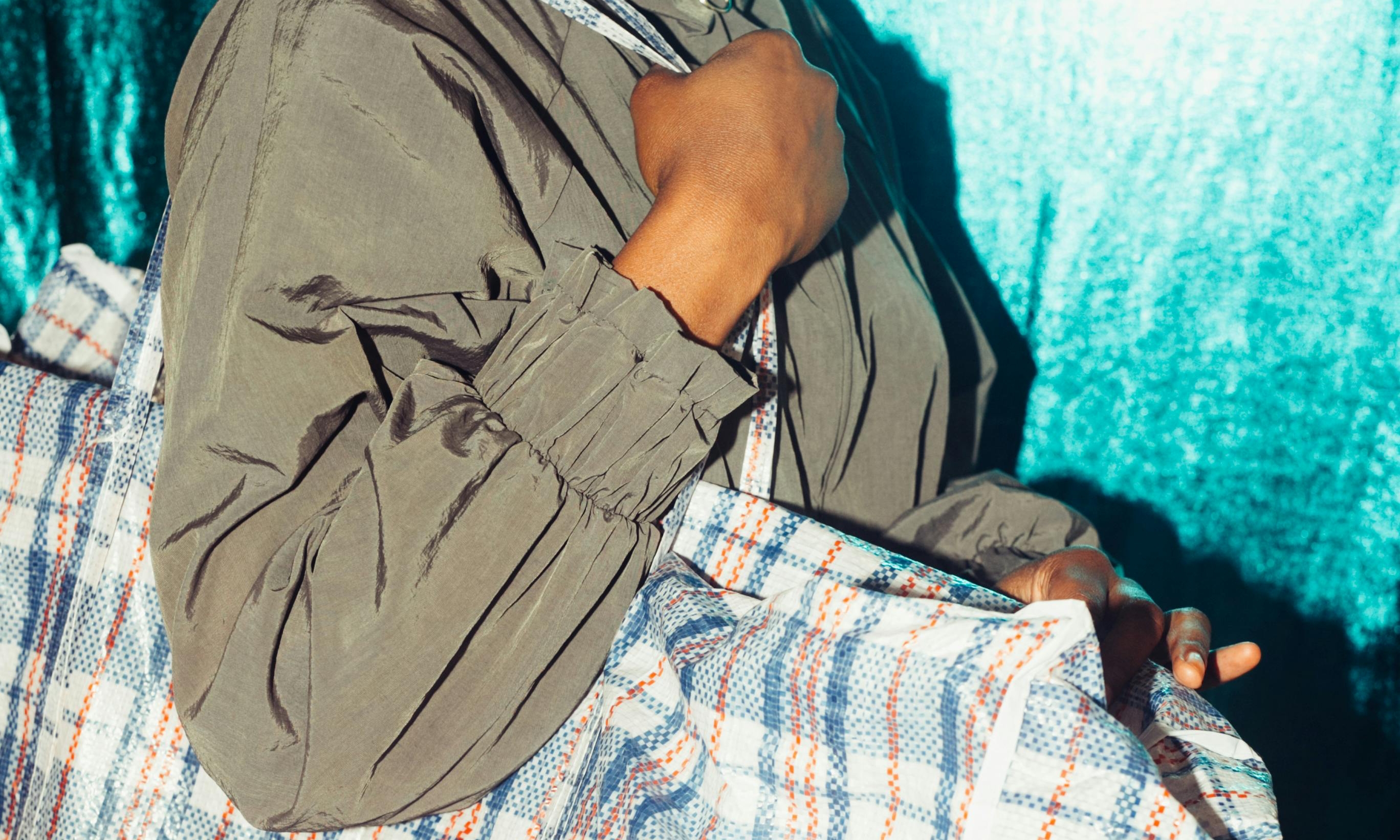
A woman holding a large carrier bag | Source: Pexels
The day after the park incident, Barbara showed up unannounced. She waltzed into the living room, her perfume overpowering. “Lucy, we need to talk,” she declared, sitting down as if she owned the place.
“Barbara, I can’t keep accepting these clothes for Emma,” I said, my voice firm.
She looked taken aback. “What do you mean? They’re perfectly good clothes.”
“No, they’re not. They’re dirty and old. Emma deserves better.”
Barbara’s eyes narrowed. “Are you saying my gifts aren’t good enough?”

An angry woman gesticulating | Source: Pexels
“I’m saying Emma shouldn’t have to wear rags while you live in luxury.”
Barbara’s face flushed with anger. “I am trying to teach her humility.”
“Humility? By making her feel less than? That’s not how it works, Barbara.”
She stood up abruptly. “You’re ungrateful, Lucy. You don’t appreciate anything I do.”
I took a deep breath. “I’m grateful for many things, Barbara, but not for making my daughter feel inferior.”

A man looking concerned | Source: Pexels
Barbara stormed out, leaving a tense silence in her wake. I knew I had crossed a line, but it was a line that needed crossing.
John came home that evening, sensing the tension. “What happened?” he asked.
“I told your mother we can’t accept her clothes anymore,” I said, bracing for his reaction.
He sighed, rubbing his temples. “Lucy, this is going to cause a lot of trouble.”
“Maybe, but it’s the right thing to do.”
He nodded slowly. “Alright. I support you, but this isn’t going to be easy.”
“I know, but it’s necessary,” I said, feeling relieved to have my husband’s support, but also anxious.

A woman texting | Source: Pexels
***
The next weekend, Barbara texted, insisting on taking Emma out again. My heart pounded as I typed my response. “No, Barbara. Not until you understand why this has to change.”
She replied with a string of angry messages, but I stood my ground. For Emma, for our family, and for myself, this had to change.
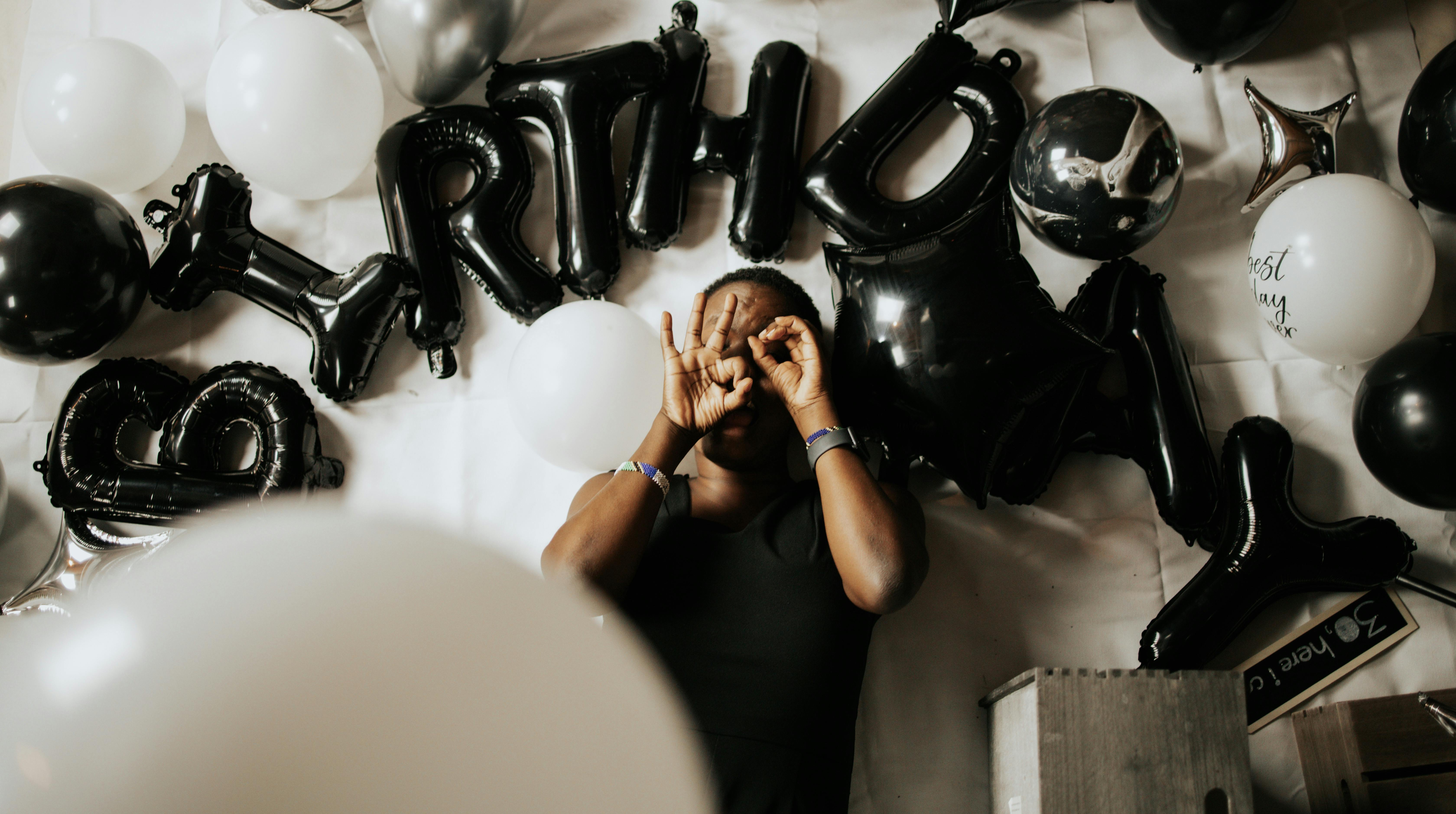
Birthday party decoration | Source: Pexels
Barbara’s birthday was the perfect time to set things right. I spent the next week meticulously gathering everything for the party: chipped plates, mismatched cups, and day-old pastries. John raised an eyebrow at my choices but said nothing.
On the day of the party, Barbara was dressed in her finest, a sparkling gown and expensive jewelry. She welcomed her friends into the house, oblivious to my plan.
The guests were greeted by the sad spread of food and the thrifted table settings. Barbara’s friends exchanged confused and uncomfortable glances, while Barbara tried to maintain her composure.

Hands holding cans of beans | Source: Pexels
“Lucy, what is all this?” Barbara asked, trying to keep her irritation hidden behind a forced smile.
“It’s a special spread, Barbara,” I said sweetly. “Like the gifts you give Emma.”
Her face tightened, but she said nothing. The room buzzed with awkward conversations.
Then came the gifts. Barbara tore into mine eagerly, expecting something grand. Instead, she found an old, broken chair, wrapped up nicely. The room fell silent.
“Lucy, what is this supposed to mean?” Barbara’s voice wavered with anger and embarrassment.
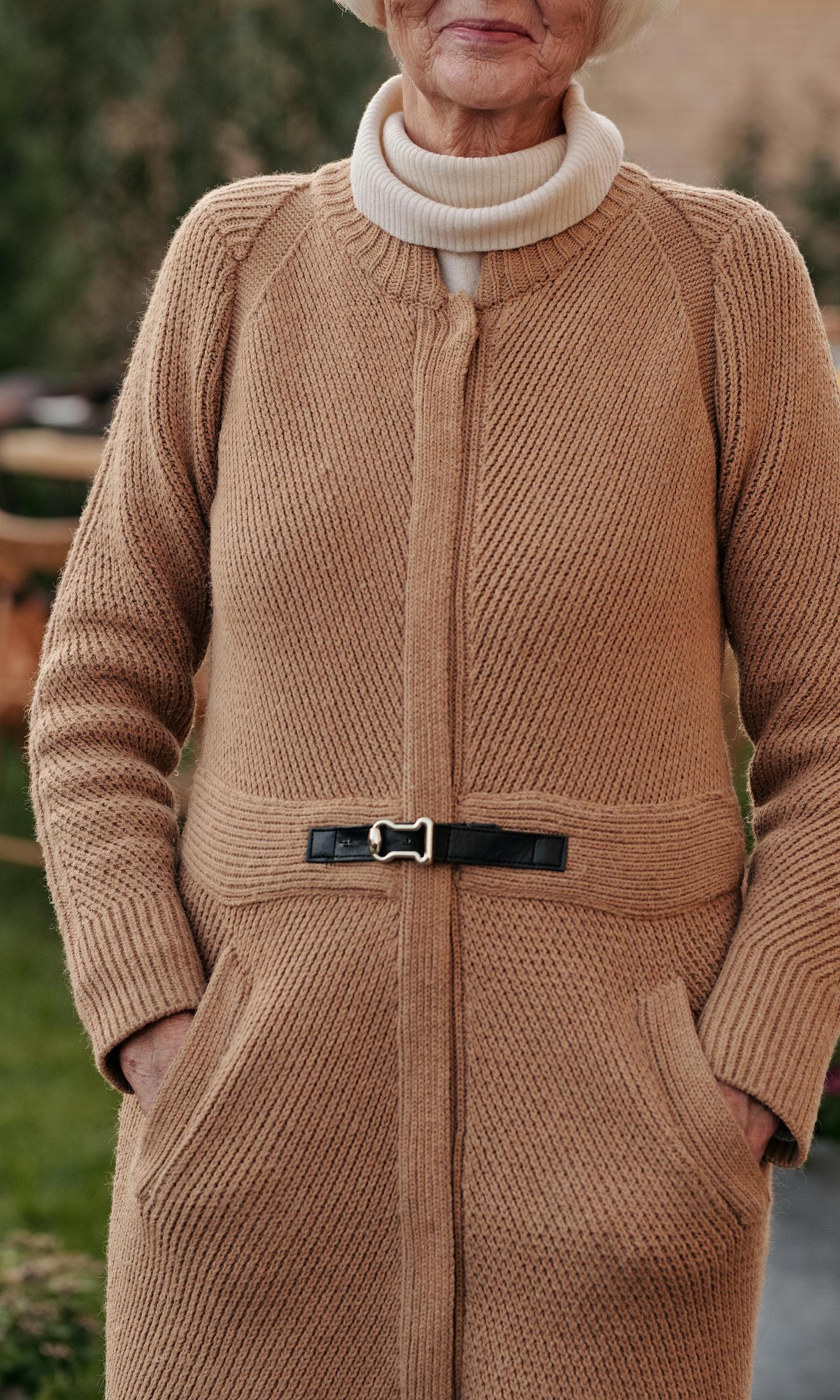
An elegantly-dressed older woman | Source: Pexels
“It’s what you’ve been giving Emma,” I said, standing tall. “You dress her in rags while you live in luxury. How is that fair?”
Her friends murmured in agreement. Barbara’s face turned red, and she seemed on the verge of tears.
“I… I didn’t realize it was that bad,” she stammered. “I thought I was teaching her humility.”
“Humility?” I echoed, my voice trembling. “You’re just making her feel less than. That’s not what family does.”
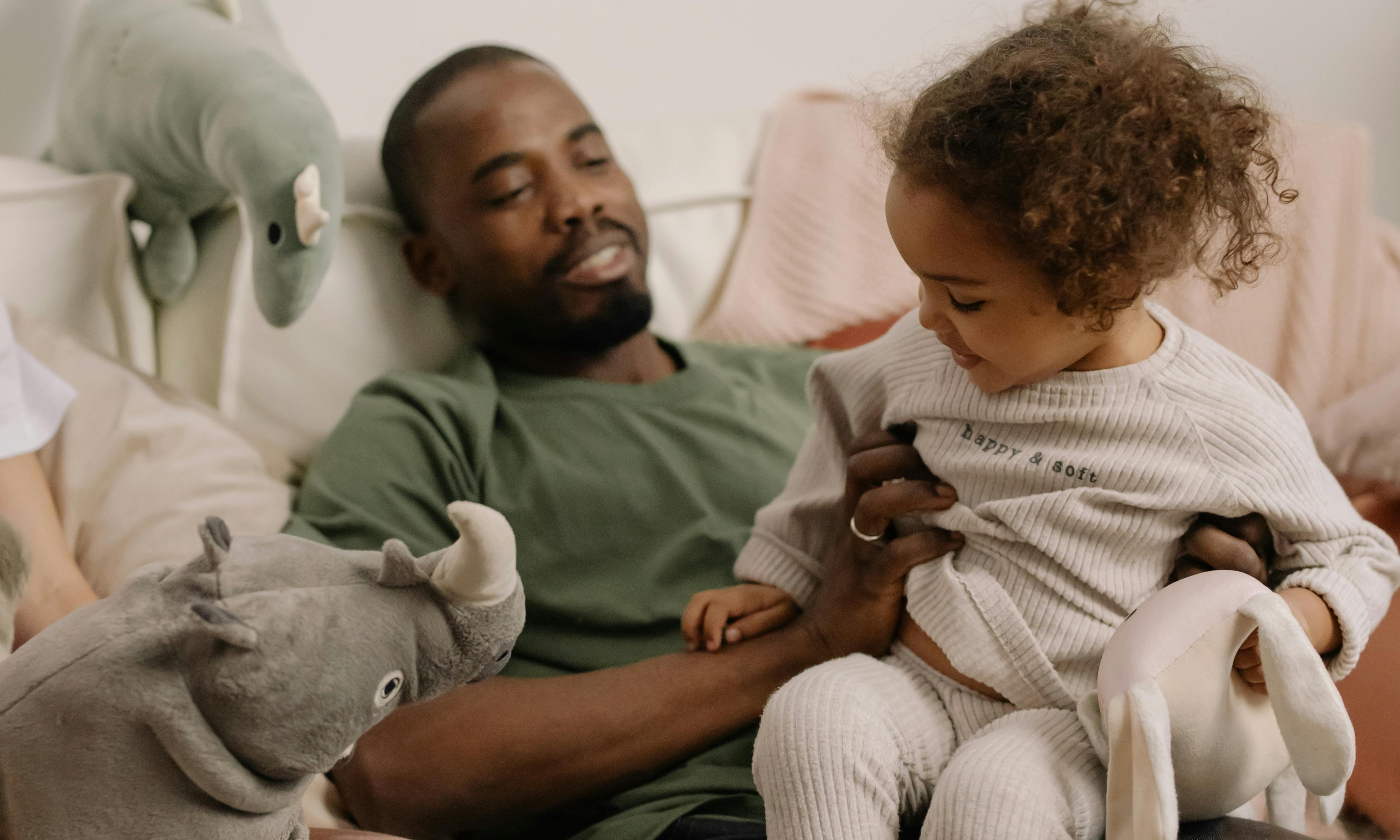
A man with a child on his lap | Source: Pexels
Barbara looked around the room, seeing nods of agreement from her friends. She took a deep breath. “I’m sorry, Lucy. I really am.”
John, who had been watching quietly, stepped forward. “Mom, Lucy’s right. Emma deserves better than that.”
Barbara looked at him, her eyes glistening. “I never meant to hurt anyone. I just… I thought I was doing the right thing.”
John sighed. “We know you didn’t mean any harm. But things need to change.”
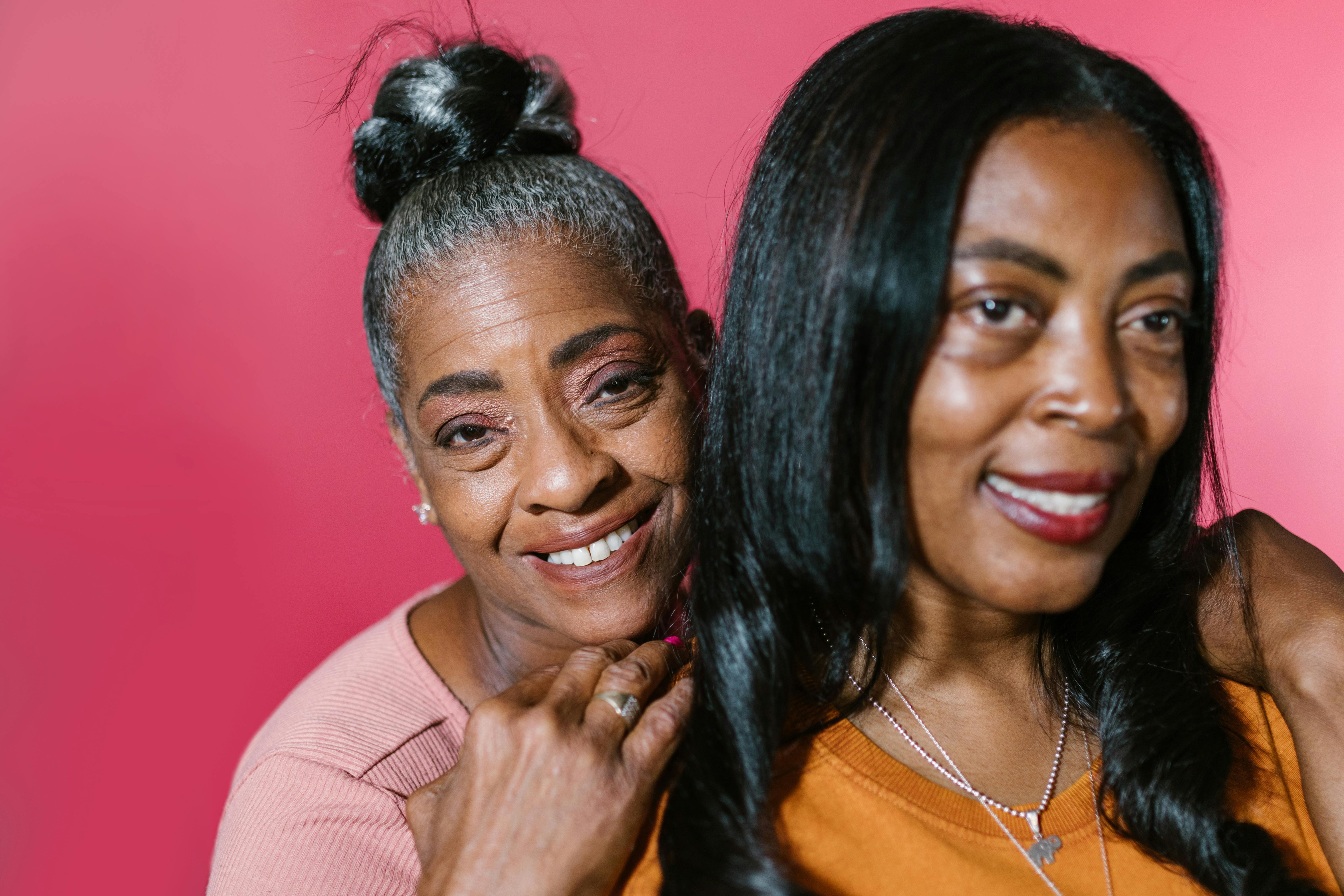
A woman embraces another with a smile | Source: Pexels
Martha, one of Barbara’s oldest friends, spoke up. “You know, Barbara, this reminds me of your childhood. Remember how you hated hand-me-downs?”
Barbara’s face softened. “I did hate them. I guess I never dealt with those feelings properly.”
I looked at Barbara, seeing her in a new light. “I didn’t know.”
“It’s no excuse,” Barbara said quietly. “But I’m trying to do better now.”
John hugged her. “Thank you, Mom. It means a lot.”
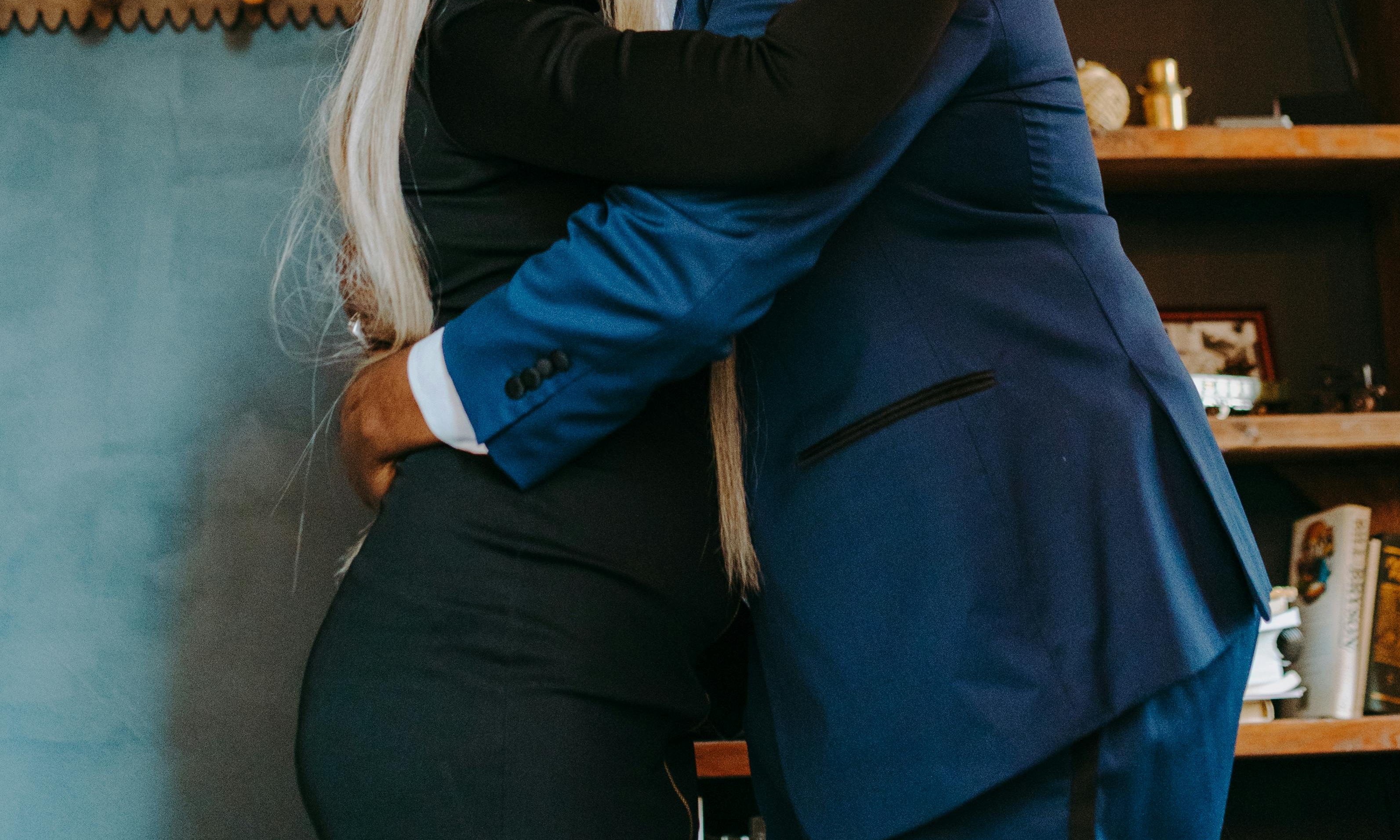
A man hugging a woman | Source: Pexels
From that day forward, Barbara changed. She stopped bringing old clothes for Emma and instead began contributing positively to her granddaughter’s life, buying her new clothes and toys.
The relationship between Lucy and Barbara improved, marked by newfound respect and understanding. My bold action, driven by love for my daughter and a desire for fairness, ultimately brought the family closer together.
In the following months, Barbara’s transformation was remarkable. She not only
changed her behavior towards Emma but also started volunteering at local shelters and food banks. She began using her resources to help those in need, turning her past actions into a force for good.

A woman with a “volunteer”-printed T-shirt holding a food parcel | Source: Pexels
Riona was cruelly set on fire — after a year of recovery, she’s finally going to her new home

The degree of cruelty some humans have towards dogs is simply unfathomable. Riona, a cute puppy, endured the most agony of all when her owner cruelly burned her on fire the previous year.
But Riona is finally moving to her new house, almost precisely a year after that terrible event.
Residents of Nutbush, Tennessee saw the horrifying sight last June when Riona, a pitbull mix, ran down the street while completely engulfed in flames. It was obvious from the gas scent that she had been purposefully set ablaze.
The degree of cruelty some humans have towards dogs is simply unfathomable. Riona, a cute puppy, endured the most agony of all when her owner cruelly burned her on fire the previous year.
But Riona is finally moving to her new house, almost precisely a year after that terrible event.
Residents of Nutbush, Tennessee saw the horrifying sight last June when Riona, a pitbull mix, ran down the street while completely engulfed in flames. It was obvious from the gas scent that she had been purposefully set ablaze.
Riona’s tale was told in a TikTok video that went viral and received millions of views, inspiring compassion for Riona all around the world.
Riona’s journey to recovery was lengthy, requiring multiple skin grafts to address the fourth-degree burns that covered her entire body. Riona was claimed to have been frightened by the experience, yet she was also upbeat during her recuperation.
Mclemore remarked, “She’s just always wagging her tail.”I suppose that’s what makes it even worse. Just being so lovely, and for someone to do something like this to her—not that it would ever be OK. She simply adores everyone.
The Commercial Appeal was informed by Natoli that “she’s actually kind of cute with one ear.”It adds cuteness to her personality.
Supporters brought presents and donations for Riona, and Tails of Hope kept posting updates on her progress.
Quishon Brown, 43, was taken into custody in the meanwhile for allegedly setting Riona on fire. He was accused by the police of misdemeanor assault, two felonies, severe animal cruelty, and setting fire to personal property. Trial in the case is presently pending.
A Facebook post claims that Riona’s story contributed to the passage of a new Tennessee law against animal abuse.
Riona’s condition gradually got better over the course of several months. Riona’s story has lately had an encouraging development: nearly precisely a year after she was set on fire, she is finally moving to her new home!
Riona would be traveling for 10 hours to reach her new permanent home, according to a post made by Tails of Hope.
“We wanted to find her a forever home, and we succeeded in doing so,” Natoli stated to the Commercial Appeal. “Riona has a large yard to play in, children to play with, other dogs to play with, and a family that understands what her injuries were and has experience in the medical field.”
The rescue posted on Facebook, saying, “Riona’s story is not coming to an end, in fact it is really just beginning.” “Our ‘warrior’ girl, we have all shared in this miracle together.”
Tails of Hope added that just after Riona departed for her new home, they took in another rescue dog who had suffered burns, serving as a reminder of how important animal rescue work is never done. They wrote, “There is always someone else in need.” We get to participate in yet another story right now.
What a terrible ordeal for this beautiful, kind dog to go through, but we’re overjoyed that Riona is moving on to her new home after a year!
Please spread the word about this encouraging update!
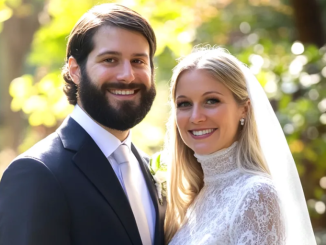


Leave a Reply